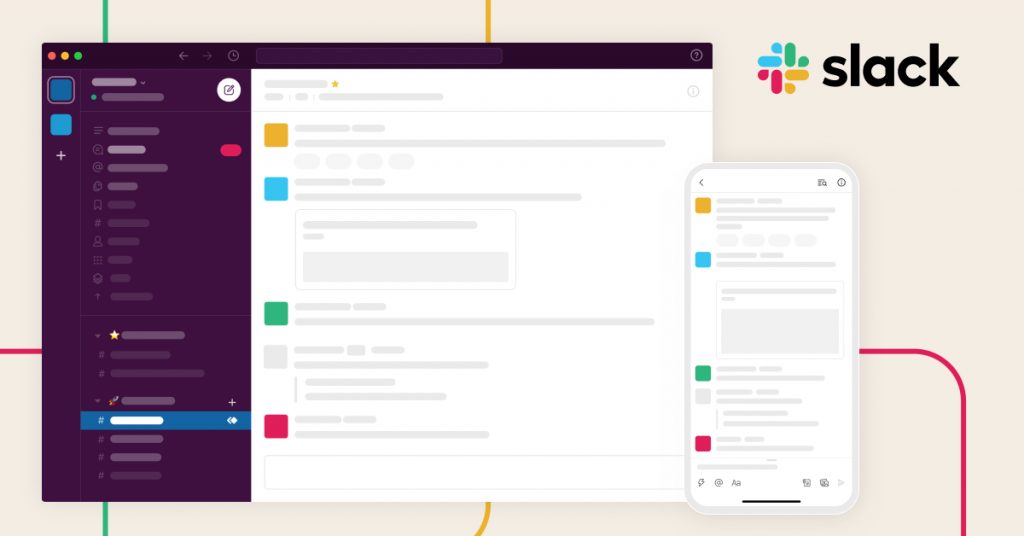In today’s fast-paced business environment, effective collaboration and teamwork are essential for organizational success. IT tools have become integral in fostering seamless communication and cooperation among teams, regardless of their physical location. This article explores how IT tools can enhance collaboration, the benefits they offer, case studies of successful implementation, and future trends in this space.
The Role of IT Tools in Collaboration
IT tools play a crucial role in facilitating collaboration by providing platforms for communication, project management, and information sharing. These tools help bridge the gap between remote and in-office teams, ensuring everyone stays connected and aligned with organizational goals.
Benefits of IT Tools for Collaboration
Improved Communication
IT tools such as instant messaging apps, video conferencing platforms, and collaborative workspaces enable real-time communication. This reduces the time lag associated with traditional communication methods, allowing for quicker decision-making and problem-solving.

Enhanced Productivity
By streamlining workflows and automating routine tasks, IT tools help teams focus on more strategic activities. Project management software, for example, can track progress, assign tasks, and set deadlines, ensuring that projects stay on track and are completed efficiently.

Increased Flexibility
IT tools provide the flexibility to work from anywhere, fostering a more inclusive and adaptable work environment. This is particularly beneficial for organizations with remote or distributed teams, as it allows employees to collaborate effectively without being confined to a single location.

Better Document Management
Collaborative platforms often include features for document sharing and version control, ensuring that team members have access to the most up-to-date information. This reduces the risk of errors and miscommunications caused by outdated or misplaced documents.
Case Studies
Slack and IBM
IBM has successfully leveraged Slack, a popular messaging platform, to enhance collaboration among its global workforce. By integrating Slack with other IT tools like email and project management software, IBM has streamlined communication and improved team cohesion. The result is a more agile and responsive organization capable of adapting quickly to market changes.

Trello and Buffer
Buffer, a social media management company, uses Trello, a project management tool, to coordinate tasks and projects across its remote team. Trello’s visual interface and task-tracking features have helped Buffer maintain transparency and accountability, leading to increased productivity and improved project outcomes.

Future Trends in IT Tools for Collaboration
Artificial Intelligence and Automation
The integration of artificial intelligence (AI) and automation into IT tools is set to revolutionize collaboration. AI-powered assistants can help schedule meetings, manage emails, and provide real-time data analysis, freeing up time for employees to focus on more strategic tasks.

Virtual and Augmented Reality
Virtual reality (VR) and augmented reality (AR) are emerging as powerful tools for collaboration. These technologies can create immersive virtual workspaces where team members can interact and collaborate as if they were in the same physical location, enhancing the sense of presence and engagement.

Advanced Data Analytics
Future IT tools will likely incorporate advanced data analytics to provide deeper insights into team performance and collaboration patterns. This will enable organizations to identify bottlenecks, optimize workflows, and make data-driven decisions to enhance team productivity.
Conclusion
The effective use of IT tools can significantly enhance collaboration and teamwork within organizations. By improving communication, increasing productivity, providing flexibility, and ensuring better document management, these tools help create a more cohesive and efficient work environment. Case studies from companies like IBM and Buffer demonstrate the tangible benefits of implementing IT tools for collaboration. As technology continues to evolve, future trends such as AI, VR, and advanced data analytics promise to further transform the way teams collaborate. Embracing these innovations will be key for organizations aiming to stay competitive and agile in the dynamic business landscape.
By leveraging the power of IT tools, organizations can foster a culture of collaboration that drives innovation, efficiency, and success.













